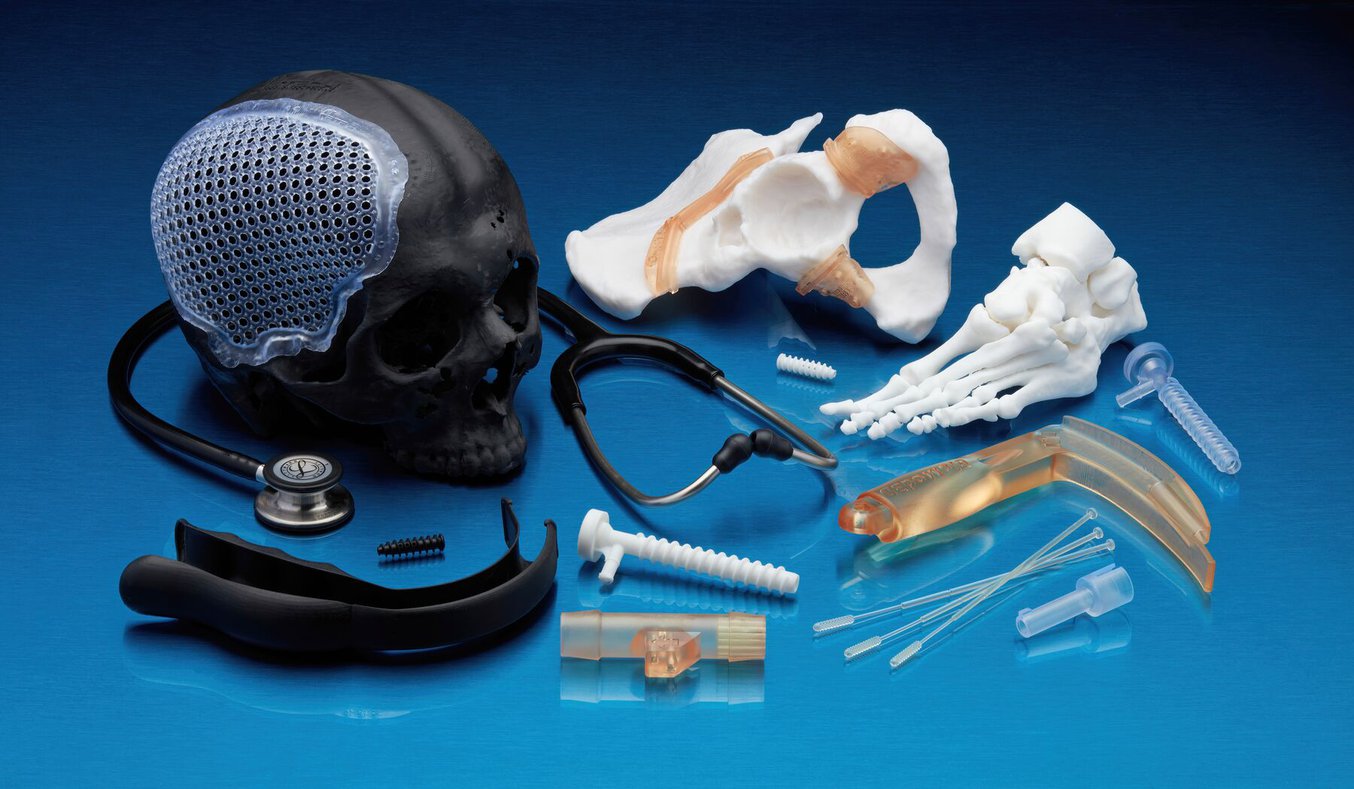
A Revolutionary Leap in Dental Implants: The First Ceramic Jaw Implant Successfully Implanted
In a landmark achievement in medical technology, a ceramic subperiosteal jaw implant produced through advanced 3D printing technology has achieved its first successful implantation in a patient. This significant development took place in Austria and represents a major milestone in the ongoing efforts to improve dental care for the elderly, particularly those with atrophic jaws.
The Science Behind the Innovation
The implant was produced by Lithoz, a leader in 3D printing ceramic technologies, as part of the INKplant project, which focuses on creating personalized implants for various medical conditions affecting older patients. This project, led by Profactor GmbH in collaboration with 19 interdisciplinary partners, aims to address some of the critical challenges faced by this demographic.
Atrophic jaws—a condition often resulting from tooth loss—pose significant hurdles for traditional dental solutions. As jawbone deteriorates over time, it complicates anchor placements for dental implants, often necessitating complex bone grafting procedures. For many elderly individuals, these surgeries pose excessive risks, particularly when health issues prevent them from undergoing invasive operations.
 The forefront of 3D printing technology is revolutionizing healthcare.
The forefront of 3D printing technology is revolutionizing healthcare.
A Patient-Centric Approach
In this pioneering case, a patient at Kepler University Hospital, who had previously experienced multiple failed dental implants and bone grafts due to serious health complications, became the first recipient of this innovative implant. Faced with significant scarring and a lack of conventional options, this procedure offered a much-needed alternative. The implant, fabricated from biocompatible high-strength zirconia via Lithoz LCM technology, was designed to eliminate the need for bone augmentation. This allowed for a more straightforward surgical procedure, dramatically reducing healing times by an impressive 75%.
DDr. Christoph Staudigl led this surgical breakthrough, which marked the successful utilization of the ceramic jaw implant in a compassionate use case. The procedure not only addressed functional demands but also aimed to enhance the overall quality of life for the patient involved.
“While postoperative challenges such as wound healing were anticipated, the exceptional soft tissue compatibility of zirconia proved to be remarkable,” noted project collaborators.
Collaboration and Future Prospects
The custom design of the implant arose from a collaborative effort between the Centre for Medical Physics and Biomedical Engineering at the Medical University of Vienna and key partners like BTI Biotechnology Institute and BioMed Centre Innovation GmbH. Such partnerships underscore the interdisciplinary nature of today’s healthcare advancements, emphasizing a comprehensive approach to complex medical challenges.
Post-surgery evaluations revealed clinical stability after 60 days, marking a critical advance in treating severely atrophic jaws. There are plans to patent this innovative implant design, with further developments being overseen by BioMed Centre’s spin-off company, Agensmed GmbH. As preparations for clinical trials are underway, the healthcare community stands on the brink of a new era in implant technology.
 Exploring future innovations in dental health.
Exploring future innovations in dental health.
The Path Ahead
The success of this first-ever ceramic implant not only demonstrates the potential of 3D printing in prosthetics but also holds profound implications for future dental treatments, particularly for the elderly. As healthcare continues to evolve with technology, innovations like this pave the way for safer, more effective solutions tailored to individual needs.
The implications of this advancement could reverberate throughout the medical industry, inspiring new research and setting the stage for a wide-ranging impact on dental procedures. As the INKplant project prepares for comprehensive clinical trials, the potential benefits for patients worldwide could be monumental.
Conclusion
In conclusion, the successful implementation of this ceramic jaw implant shines a spotlight on the crucial interplay between innovation and patient care. Embracing technology in medicine highlights a promising trajectory for the booming field of 3D-printed healthcare solutions, an area that is likely to witness transformative changes in the years to come. By continuing to push boundaries, medical professionals are not only improving surgical outcomes but also enhancing the quality of life for countless patients worldwide.















